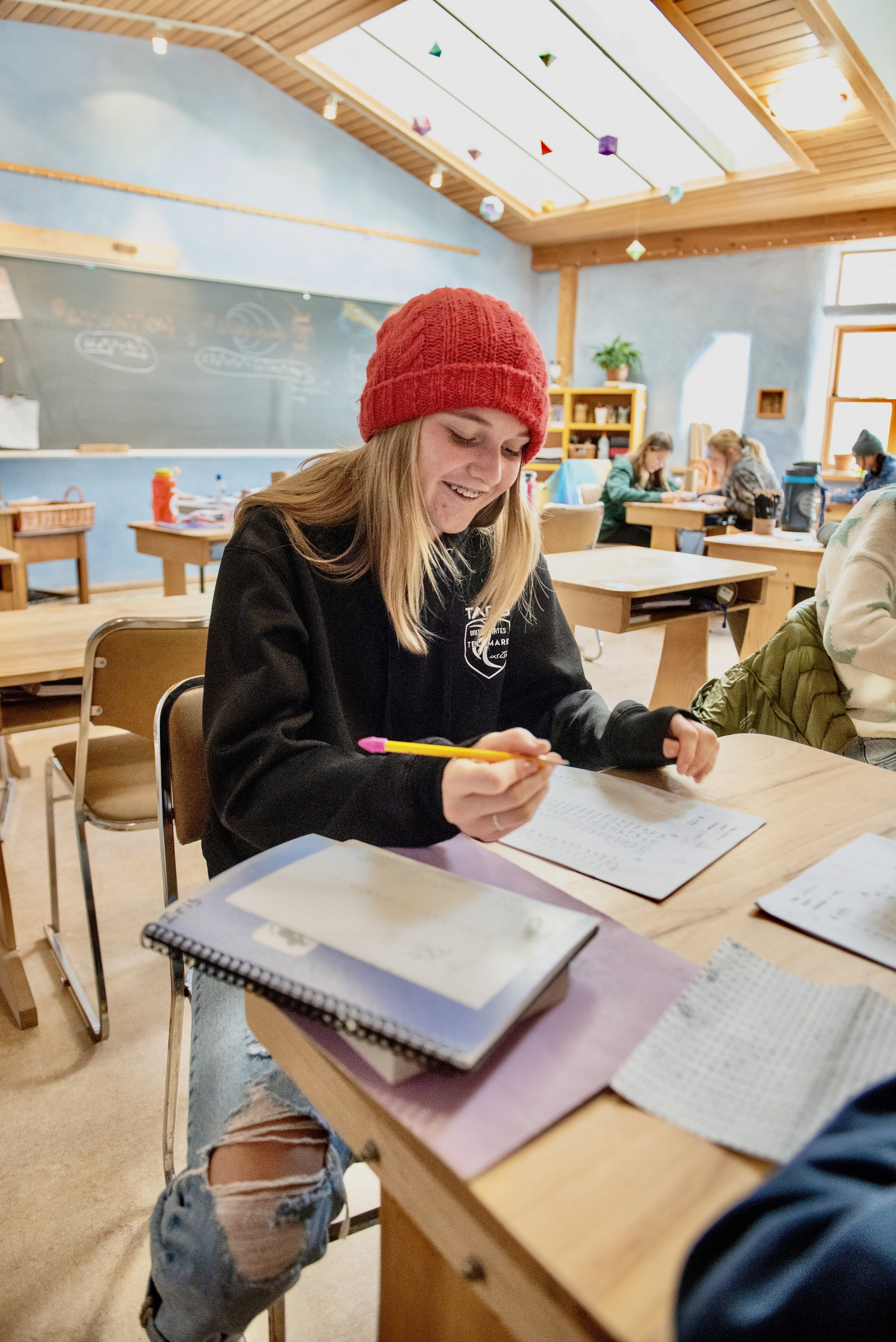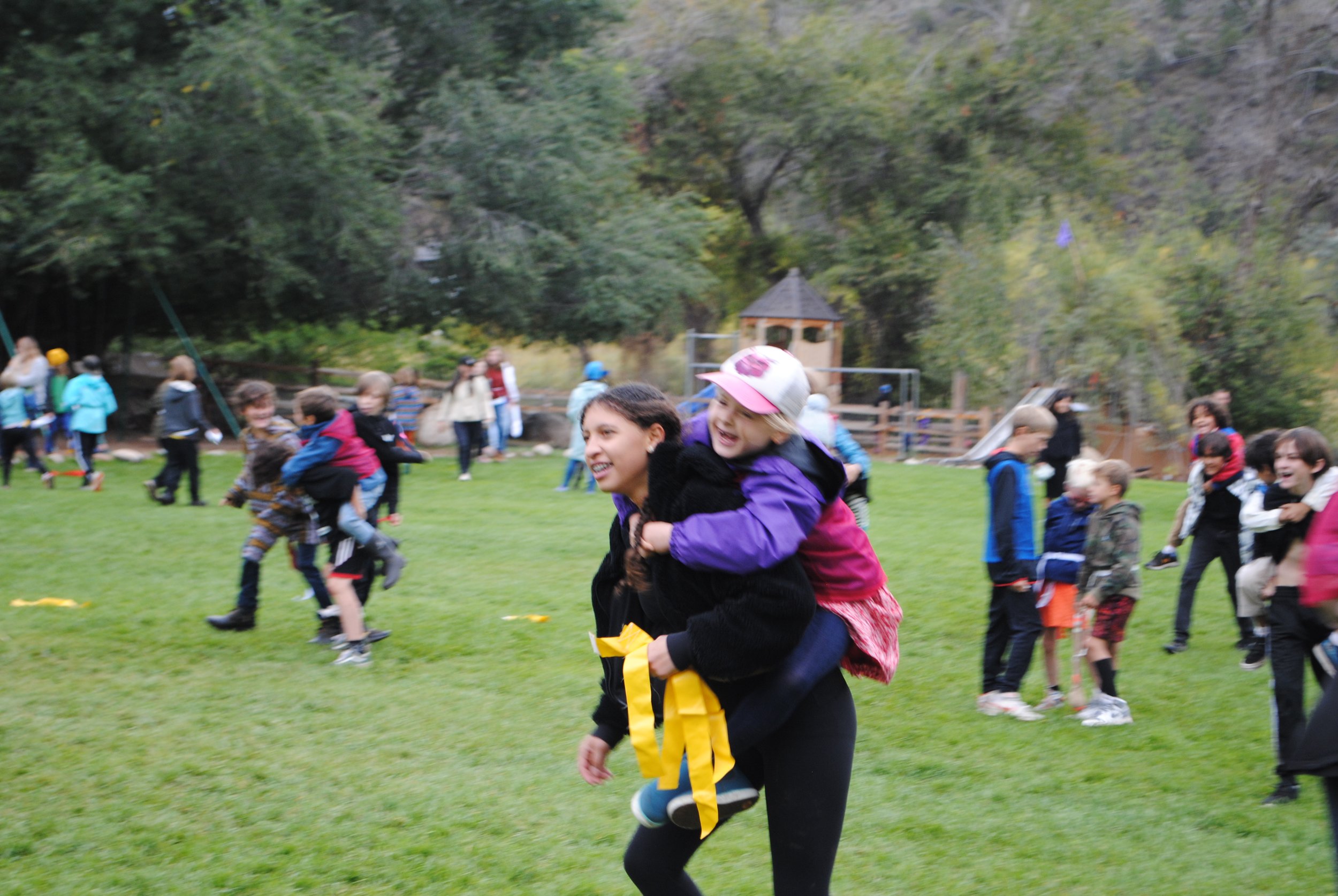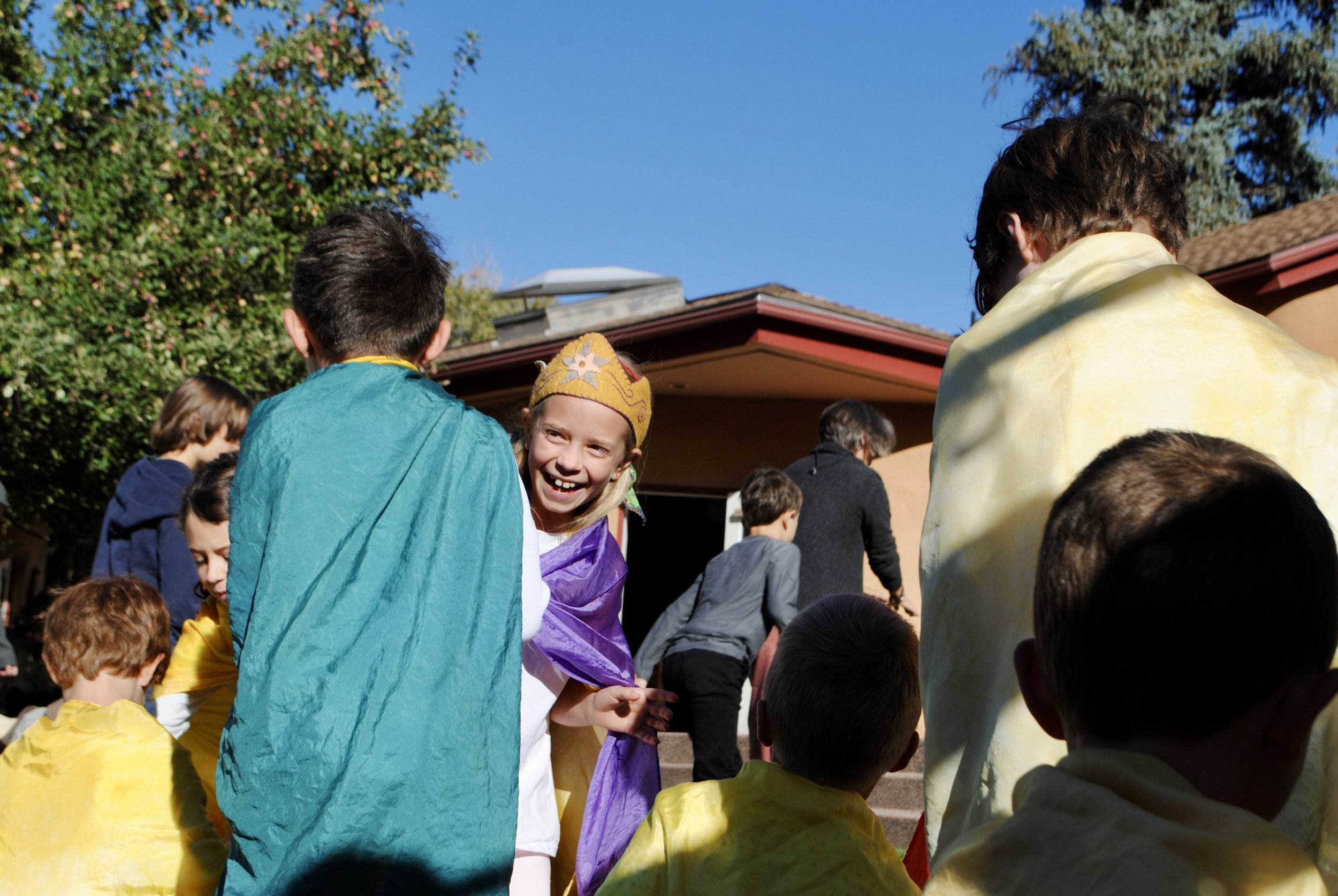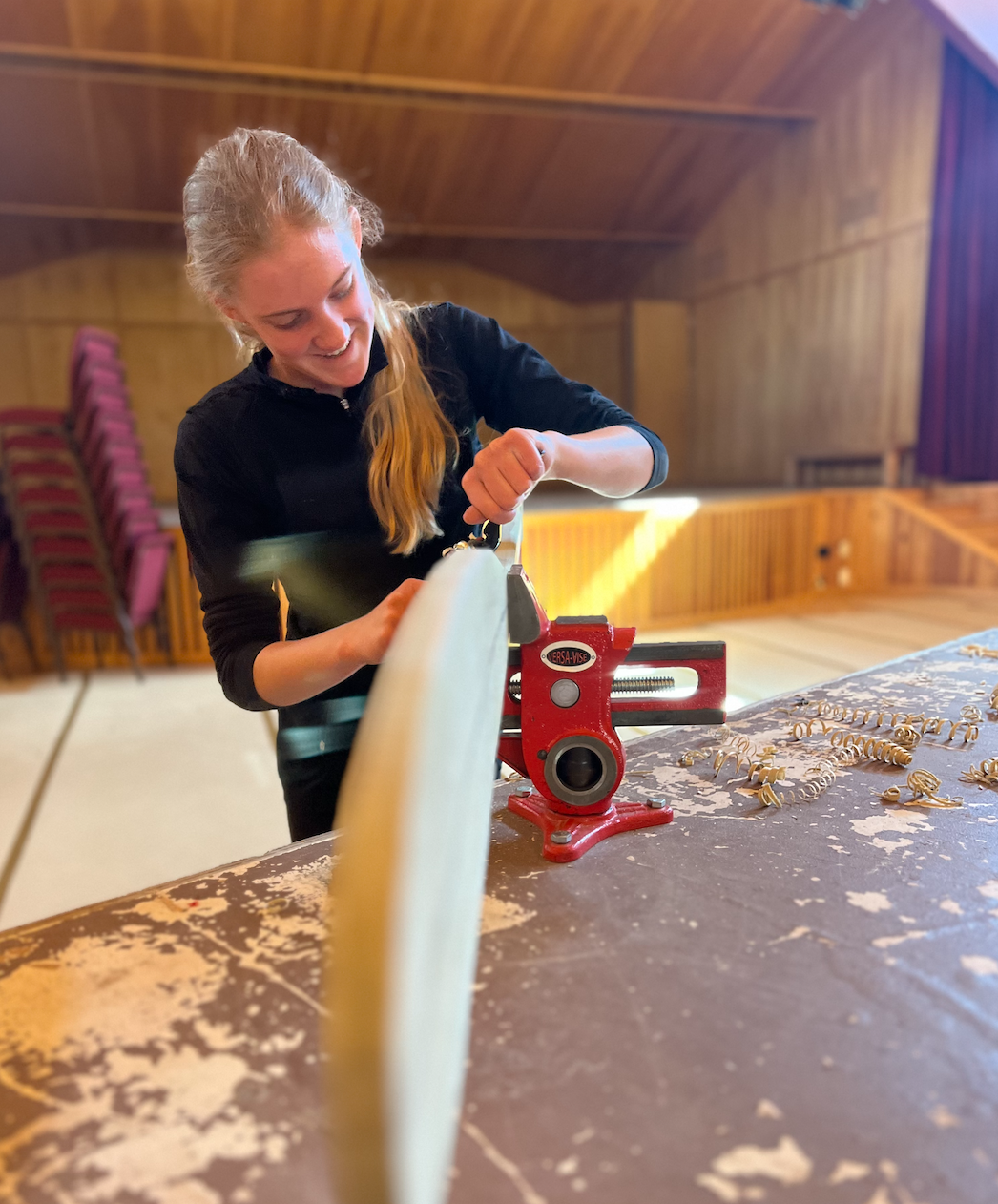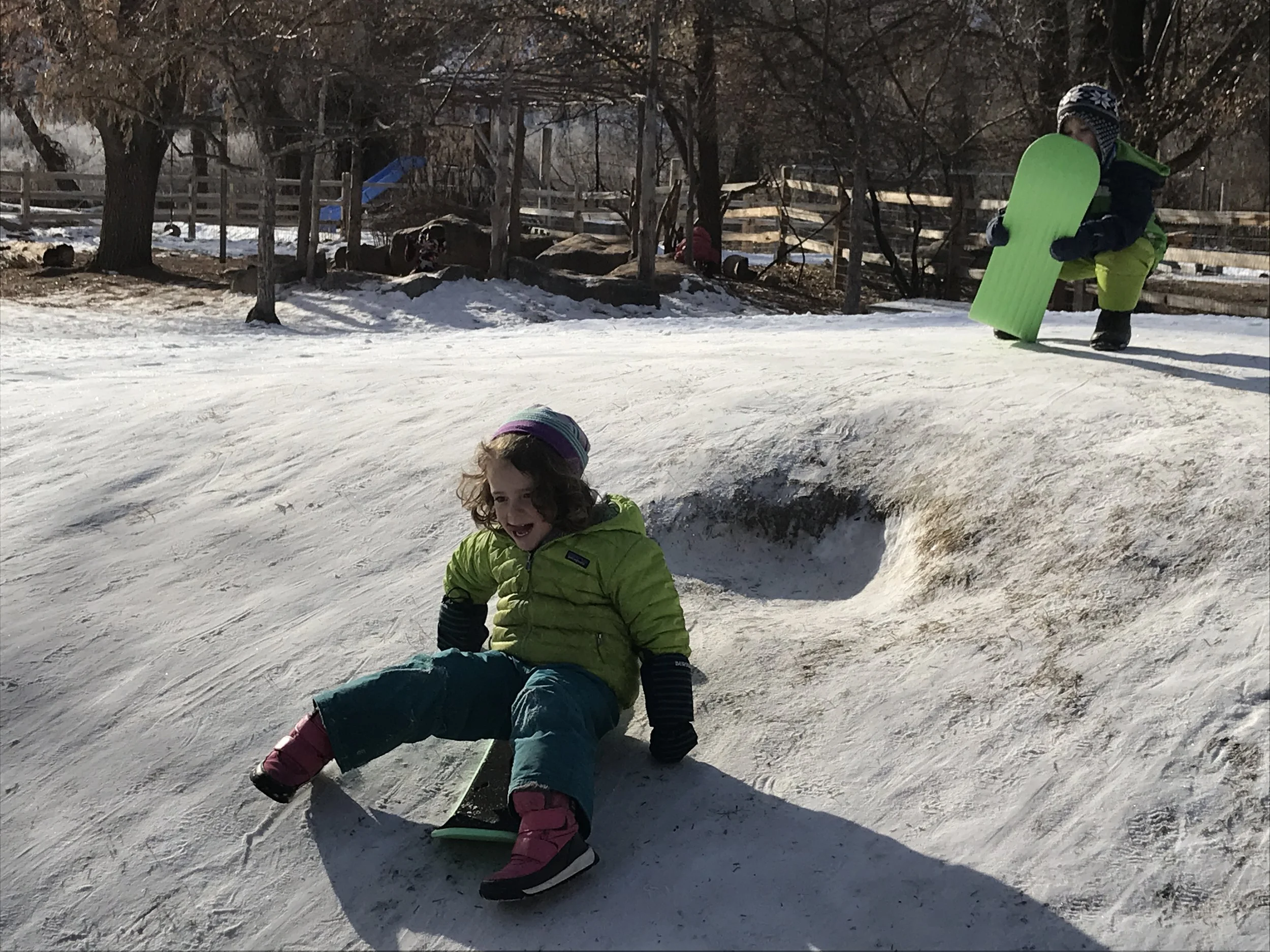The Impact of Joy on Learning
We live in a rapidly changing environment. In just the past 4 years, we’ve witnessed shifts in education, work and society that have brought values, perspectives and priorities into question.
In education, unexpected shifts to remote learning and suddenly pressurized learning environments put a new strain on teachers, students and families adapting to unknown territory. Writing for Harvard Graduation School of Education, Ed. Magazine in May 2022, Lory Hough commented on the noticeable “Erosion of Joy” that rapidly took place in learning environments across the United States. One quote by a teacher, Decoteau Irby, referenced in the articles says, “If there has ever been a time where I’ve witnessed the widespread erosion of joyfulness among children and schoolaged youth, it has been throughout the past two years.”
What is the value of Joy in Learning?
The expectation that all learning is joyful isn’t realistic. Because as we know, trying something new isn’t always fun! As the article from Harvard Ed. Magazine notes, “Anyone who has picked up an instrument or tried to learn a new language knows that learning can be hard and frustrating. As Irby pointed out, “Learning is not always a joyous undertaking. Pushing through a difficult subject, topic, or painstaking assignment can be tough.”
But, he adds, “joy at school and in learning is a foundation from which students gain the confidence that academic struggle is temporary and worthwhile.” There’s also a very real connection to the brain. “The brain does not exist by itself,” writes Professor Jack Shonkoff, director of the Center on the Developing Child. “Connecting the brain to the rest of the body is critically important. When we’re stressed, every cell in the body is working overtime.” (Source)
In other words, research shows the value of joy in school goes well beyond a ‘nice-to-have’. It is a necessity for longterm success and a priority in Waldorf Education. According to Judy Willis in her writing on the Neuroscience of Joyful Education, “The truth is that when we scrub joy and comfort from the classroom, we distance our students from effective information processing and long-term memory storage.” Article adds, “Instead of taking pleasure from learning, students become bored, anxious, and anything but engaged. They ultimately learn to feel bad about school and lose the joy they once felt.” Neuroimaging studies and measurement of brain chemical transmitters reveal that:
“when students are engaged and motivated and feel minimal stress, information flows freely through the affective filter in the amygdala and they achieve higher levels of cognition, make connections, and experience ‘aha’ moments. Such learning comes not from quiet classrooms and directed lectures, but from classrooms with an atmosphere of exuberant discovery.” (Source)
How does Waldorf Education integrate Joy in Education?
The past few years have impacted the pace, depth and dynamics of learning. Many researchers have already found huge deficits in student test scores and performance measures from the years following the pandemic’s disruption on learning. With this has come a push to make up for lost time. However, Irby writes in the the article from Harvard Ed. Magazine that “I would say to educators who want to prioritize getting kids up to speed academically over joy that the two are not mutually exclusive. They should think about them as mutually reinforcing,” he says. “Not only do joy and academic rigor go hand in hand, but tactful educators plan to ensure both happen in tandem.” He noted that Gholdy Muhammad’s framework outlined in her book Cultivating Genius includes five pillars to consider when planning lessons, and joy is one of them. “An example is children’s museums, which offer learning opportunities that center play and fun. Exhibit curators plan with joy and excitement at the center of their learning design, but they don’t forgo academic content. In other words, the same way a teacher can plan to have students learn a disciplinary skill, they can plan for students to experience joy while doing it. One priority doesn’t need to outweigh the other.”
In Waldorf Education, lessons are carefully crafted to interweave all the senses including thinking, feeling and willing (or doing). This means joy is also interwoven as feeling is an intentional part of learning in our classrooms. Our teachers prioritize bringing joy to every lesson, across subjects because we’ve seen and research supports that it boosts engagement, longterm retention and fosters more connections for our students across subjects. Joyful learning is impactful learning. In Waldorf Education, students are equipped with skills such as solving an algebra equation along with long term capacities for success including the ability to find joy in unexpected places.


